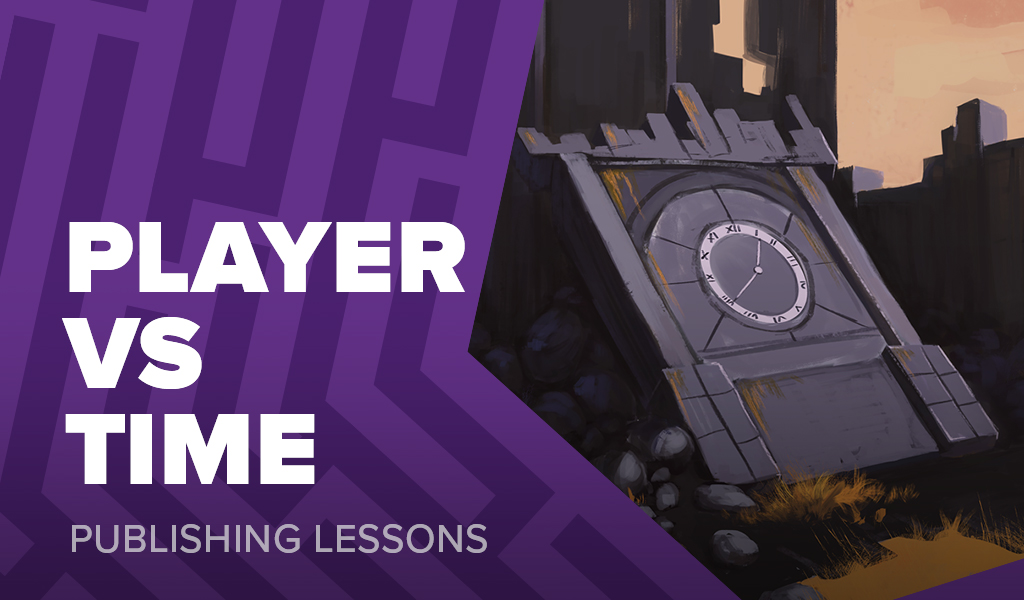Balancing player count and game length in board games

I tend to play a lot of board games with different groups of people; sometimes there are just 2 of us, and other times there are considerably more. For many games, the number of players can drastically impact the amount of time the game takes to play, and I have been thinking a lot about the best ways to approach this.
I have broken this down into 3 options and will use a civilization game where you are building cities on a shared board for my game example throughout.
Simultaneous turns
The easiest way to keep the playtime consistent is to make all turns simultaneous, just like I did with Explore & Draw. Every player takes their turn at the same time, so it doesn’t matter if there are 2 people or 6 people; the game always takes the same length.
Unfortunately, simultaneous turns aren’t possible for many games and won’t always provide the best experience. For our civilization game, what would happen if all the players tried to build on the same space at the same time? We would have to design priority systems and reveal stages to avoid potential friction between players, and non-simultaneous turns suddenly become much better.
Equal turns
The next option is that the game is balanced around players always having a similar number of turns. For instance, we know the best experience in our civilization game comes from when players have between 18 and 20 turns each. This gives them enough time to build some buildings, upgrade them, and interact with enough systems to have a great experience while leaving them wanting just 1 more turn.
I typically find this is the easiest way to design a game as it gives a consistent experience across all player counts, whether there are 2 or 6 people. I get to build my engine and see it run. The problem is if each turn takes 2 minutes, we now have a game that takes 40 minutes with 2 players, 80 minutes with 4 players, and 120 minutes with 6 players.
Equal time
An alternative to equal turns is equal time. Rather than our game ending once everyone has had 20 turns, the game now ends once the map is full. Let’s assume our map has 40 spaces, and on average, players build 1 building every other turn.
In our 4-player game, each player will still have 20 turns, building 10 structures each to fill the board. For 2 players, each player will now have 40 turns, building 20 structures each, and with 6 players, they will average 13.4 turns, building 6.7 structures each.
This leaves us with a situation where the length of play remains persistent throughout all player counts, but with fewer players, you’ll individually achieve a lot more, and with more players, you’ll individually achieve a lot less.
Which is best?
All 3 of these options can work, and there are many examples of each, but is there a best? Personally, I enjoy having a similar experience regardless of the player count, so equal turns is my go to option. The varying length of play can be challenging when it is unexpected, but some games now solve this by writing “30 minutes per player” on the side of the box rather than saying 1 – 2 hours.
Do you have a preferred approach, or is there another option that you see your favourite game using?
Frank West
Frank West is a gamer and designer based in Bristol, UK. He published his first board game, The City of Kings, in 2018 and now works on other games and organising events in the local area. His goal? To design and publish games focusing on immersive themes, fun mechanics and beautiful components. If you have any questions or would just like a chat, feel free to get in touch at any time!


2 comments
Thibault Schönmann
31st July 2023 at 4:50 pm
Hi,
Thank you for this article. As you my go to option is equal turns. The disadvantage is that you end up with a limit of 5-6 players. Otherwise, the game lasts too long. The other drawback is the waiting time between rounds. With 6 players, this becomes too long, and interest wanes. One solution is to make the players’ turns shorter (which isn’t always easy to do).
For one of my prototypes, I used the equal time approach, and for games with more players (from 4 to 6), an almost simultaneous approach in which each player takes it in turns to play micro-moves.
Regards
In a 6-player game, each player will do less than in a 2-player game, so they’ll have to focus on shorter-term efficiency. The result is a different experience of playing the same game.
Frank West
1st August 2023 at 8:43 pm
I really like it when people find ways to implement simultaneous micro-moves within rounds. While it’s not always possible to make the whole game simultaneous, doing it with some parts is a great middle ground!